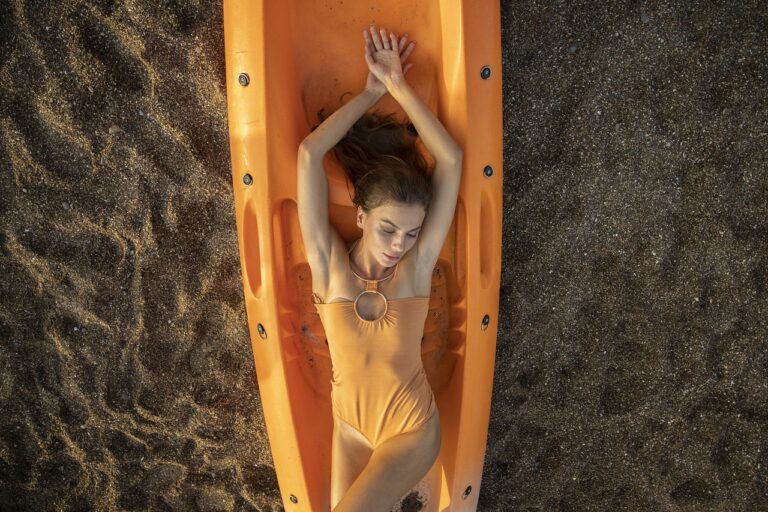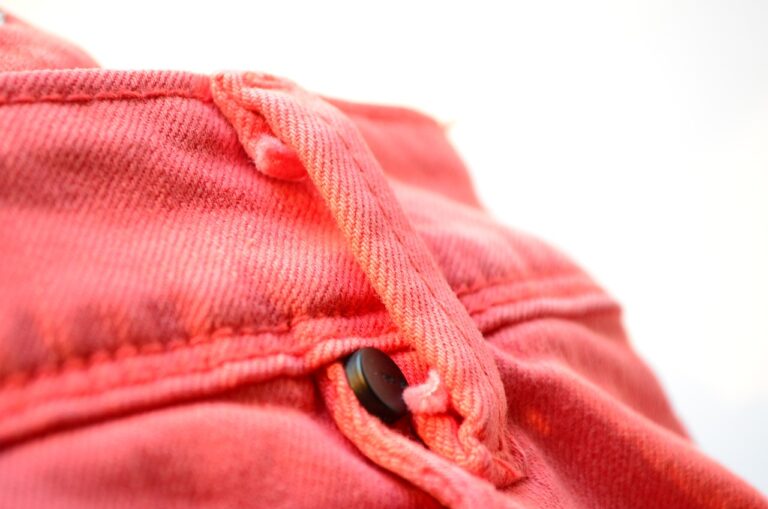Outerwear for Winter Wildlife Photography: Insulated Jackets for Capturing Animal Encounters
allexchbet com login, 99exch.com, all panel: Winter wildlife photography can be an exhilarating and rewarding experience for nature enthusiasts and photographers alike. However, to capture those magical animal encounters in the wild, you need to be well-prepared, not only in terms of your camera equipment but also in terms of your clothing. One of the most essential pieces of outerwear for winter wildlife photography is an insulated jacket.
An insulated jacket is designed to keep you warm and comfortable in cold weather conditions, making it the perfect outer layer for long hours spent outdoors waiting for the perfect shot. When it comes to photographing wildlife in winter, you need to be able to move around freely without feeling restricted by bulky layers. Insulated jackets offer both warmth and mobility, allowing you to focus on your photography without worrying about the cold.
Here are a few key factors to consider when choosing an insulated jacket for winter wildlife photography:
1. Insulation Type: There are two main types of insulation used in jackets: down and synthetic. Down insulation offers superior warmth-to-weight ratio and compressibility, making it perfect for cold weather conditions. Synthetic insulation, on the other hand, is more affordable, quick-drying, and retains warmth even when wet.
2. Water Resistance: Look for an insulated jacket that offers water resistance or waterproofing to keep you dry in snow or light rain. This will help you stay comfortable and protect your camera gear from moisture.
3. Breathability: To prevent overheating and sweating while on the move, choose an insulated jacket with good breathability. This will allow moisture to escape from the inside of the jacket while keeping the cold out.
4. Fit and Mobility: Opt for a jacket that fits well and allows for freedom of movement. Look for features such as articulated elbows, stretch panels, and adjustable cuffs to ensure a comfortable and functional fit.
5. Hood: A jacket with a hood can provide extra warmth and protection from the elements when needed. Make sure the hood is adjustable and can comfortably accommodate a hat or beanie underneath.
6. Pockets: Consider the number and placement of pockets in the jacket. Look for enough storage space for your essentials like camera batteries, memory cards, and snacks, while ensuring easy access to them.
FAQs:
Q: Can I use a regular winter jacket for wildlife photography?
A: While a regular winter jacket can provide some warmth, it may not be specifically designed for the mobility and functionality required for wildlife photography. An insulated jacket offers the best of both worlds warmth and freedom of movement.
Q: How do I layer with an insulated jacket for winter wildlife photography?
A: Layering is key for staying warm and comfortable outdoors. Start with a moisture-wicking base layer, add a mid-layer for insulation, and finish with an insulated jacket as the outer layer.
Q: What is the best insulation type for an insulated jacket?
A: Both down and synthetic insulation have their own advantages. Down insulation is lightweight and compressible, while synthetic insulation is more affordable and water-resistant. Choose the insulation type based on your preferences and needs.
In conclusion, investing in a high-quality insulated jacket is essential for winter wildlife photography. Choose a jacket that offers the right combination of warmth, water resistance, breathability, and mobility to ensure a comfortable and successful photography experience in the wild. Happy shooting!







